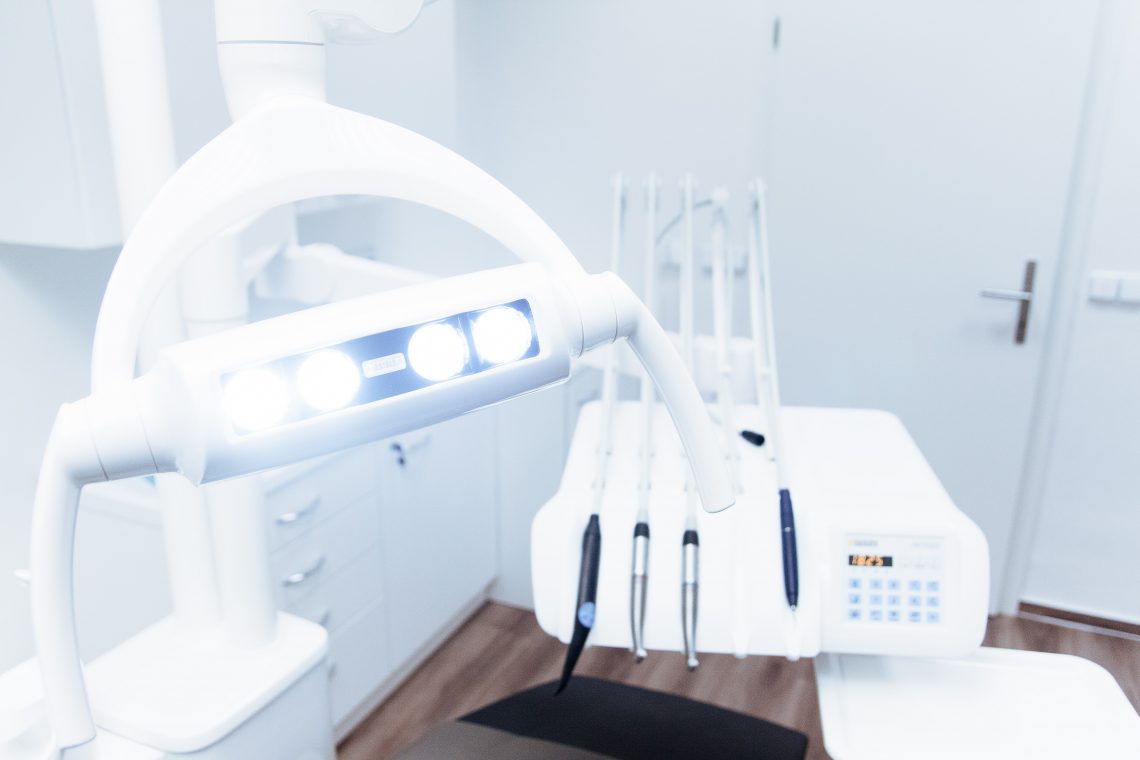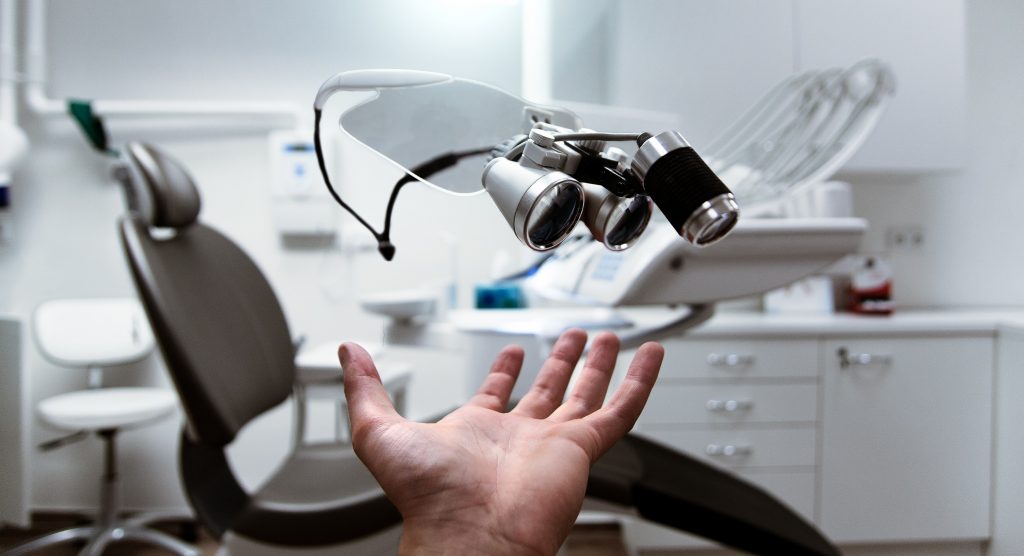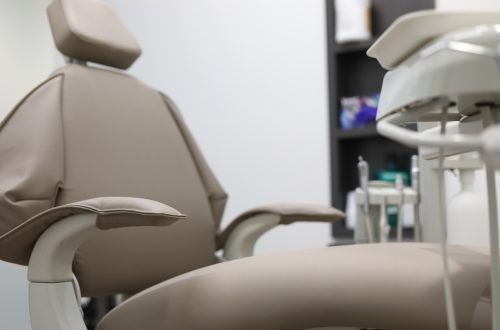
Orthodontics:
The objective of orthodontics is the mobility of the teeth seeking their occlusal normalization (the chewing surface), or the displacement of the entire dental set (dental arch), especially to correct functional disorders of chewing. Occlusion is based on the contact relationships that exist between the teeth of the different arches (that is, between the upper and lower teeth).
Corrective treatment is primarily aimed at correcting a consolidated malocclusion.
Three types of devices are used for this type of treatment:
a) Functional devices
When we speak of functional apparatus we refer to a variety of removable appliances designed to alter the position of the different muscle groups that influence the function and position of the jaw to increase its length. They are generally recommended during primary or mixed dentition. They are devices that initially only carry out functional modifications, but that later lead to structural changes. Functional appliances change and transform the direction and intensity of muscular forces and produce dental displacements. The effects of these appliances are the inclination of the teeth and changes in the bone that supports the teeth.
b) Removable appliances
They are the appliances that the patient can remove to clean, but when they are placed they are firmly attached to the teeth. These appliances apply controlled pressure to the teeth to be displaced through the action of active mechanical elements, such as springs, arches, screws, etc. These forces are, in their totality, artificial or mechanical, and act directly by displacing the teeth, without having anything in common with the forces created by the action of the muscles, which participate in the functions of chewing, swallowing, and phonation, among others.
The removable appliances, commonly known as “plates”, are very useful for the expansion of the jaws, especially the upper one, especially for the correction of “crossbites” and slight crowding, when this? expansion is indicated, as well as for very specific tooth movements.
c) Fixed appliances (brackets)
It is orthodontics formed by the combination of brackets, metallic or ceramic elements glued to the teeth, and metal arches that cross them.
Brackets can be visible, like metallic ones, or aesthetic ones like ceramic ones that are translucent or transparent and stick to the outer surface of the teeth taking their color.
Orthodontic treatment with fixed appliances may be associated with increased gingival inflammation and gum bleeding, among other conditions, since oral hygiene is more complicated to perform (especially the interproximal areas), so people who are going to start orthodontic treatment must have a good periodontal condition and continuous monitoring throughout the treatment.
During orthodontic treatment, it is essential to pay special attention to oral health, carrying out a correct brushing of teeth and appliances with specific products for orthodontic wearers.



